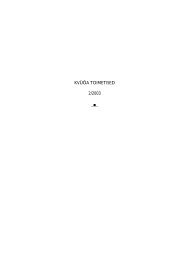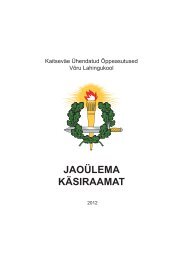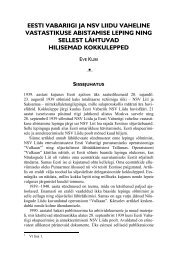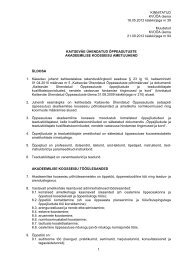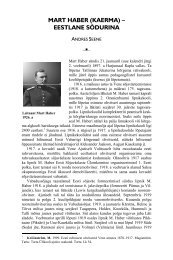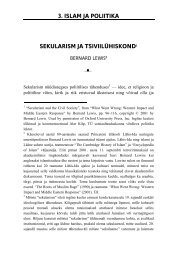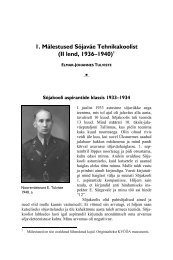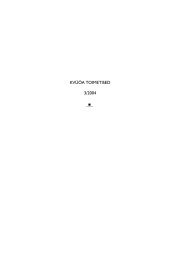Fatigue Management
Fatigue Management
Fatigue Management
Create successful ePaper yourself
Turn your PDF publications into a flip-book with our unique Google optimized e-Paper software.
Clearly, however, more detailed research is required to validly draw out the<br />
factors involved in unauthorised discharges and to differentiate the effects of<br />
the two main presumed culprits: poor handling drills and fatigue. Such<br />
research would be facilitated by adding information fields to current UD<br />
reporting procedures. These fields should include time of day (to account for<br />
circadian trough influences); hours of continuous wakefulness prior to the<br />
incident; time on task at the time of the incident; amount of sleep during the<br />
previous 24, 48 and 72 hour periods (to determine if a sleep debt existed) and<br />
time in theatre (to account for acclimatisation and experience).<br />
Personnel were working extremely long hours and were<br />
heavily fatigued ... This was at a time when the FST<br />
(Heavy) was peaking at 62 patients, resulting in 12 to 14<br />
hour shifts and security duties … <strong>Fatigue</strong> was considered<br />
to be the primary cause of one of the FST (Heavy)'s two<br />
Unauthorised Discharges.<br />
Land Operational Analysis Team,<br />
Lessons and Impressions:<br />
Operation WARDEN/Operation STABILISE, 2000<br />
The selection of quotes in this chapter attests to the wide impact of fatigue<br />
across units and roles. Other information about the human dimension of<br />
service in East Timor has been collected (albeit retrospectively) from several<br />
units. A sampling of survey response information from three units (two<br />
Infantry and one Air Field Defence Squadron) is presented here to illustrate<br />
fatigue relevant data. Stressors of deployment were assessed using a 36 item<br />
scale that covers a spectrum of issues including operational, organisational,<br />
environmental and family factors. ‘Mental or physical fatigue’ itself was a<br />
trouble or a concern to some degree for 55, 59 and 71 per cent of the three<br />
response samples. In one unit, fatigue was rated as causing ‘much' or ‘very<br />
much' trouble or concern in 27 per cent of respondents. Workload (‘the amount<br />
of work you were expected to undertake or achieve’) is presumably a major<br />
predictor of fatigue. It was a trouble or concern for 69, 61 and 64 per cent of the<br />
response samples. Signs of stress were also assessed using a standard 35 item<br />
stress reactions scale. Boredom (experienced often or very often by as many as<br />
43 per cent of sample), being overly tired (27 per cent often or very often),<br />
crankiness (18 per cent), headaches (18 per cent), and sleeping problems (18<br />
per cent) were among the most commonly reported signs. ‘Minor accidents’<br />
occurred at least sometimes for 32 per cent of the respondents from two units.<br />
‘Bad dreams/nightmares’ were reported at least sometimes for 19 per cent of<br />
respondents in one unit. Collectively, such symptoms suggest less than<br />
optimal operational performance in East Timor.<br />
64



